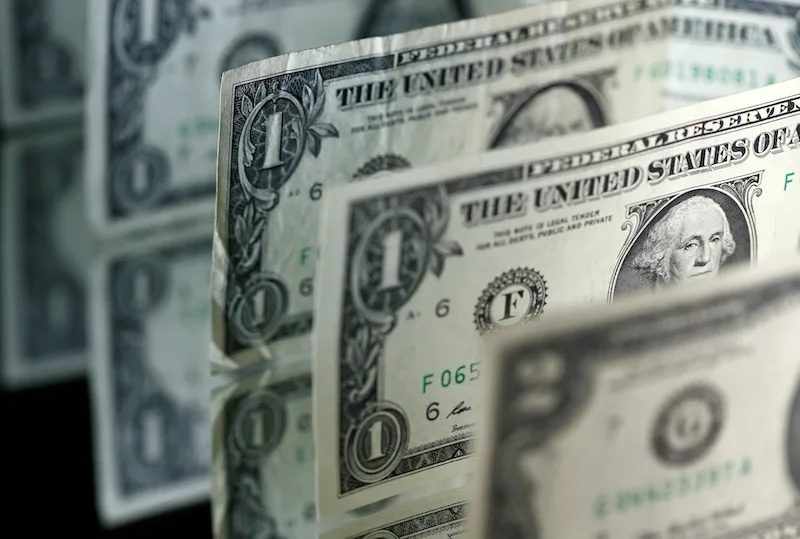After a big first year, expect smaller and choppier gains from the rest of this bull market
- Date: 23-Mar-2021
- Source: CNBC
- Sector:Financial Markets
- Country:Middle East
After a big first year, expect smaller and choppier gains from the rest of this bull market
Precisely one year ago, a new bull market was born. Powered by unprecedented stimulus, stocks crawled out of their deep pandemic rout and started sprinting.History indicates that after big bear market declines, strong bull markets usually follow with gains carrying into a second year. However, investors should expect a smaller return over the next 12 months with a choppier road to get there.It was on March 23, 2020 when the S&P 500 hit its bottom after the Covid crisis sent the equity benchmark tumbling 30% in 22 days, the biggest decline in such a short time. There have been five other bear-market sell-offs of 30% or more since World War II, and the market has been up every single time in year two with a near 17% return on average, according to data from LPL Financial.
Still, the first year's comeback rally is usually hard to top. Only in the aftermath of the 1987 crash did stocks advance more during year two than year one, according to the data. Plus, the second year of a new bull market is prone to pullbacks with an average drawdown of 10%, LPL said.The S&P 500 has bounced about 80% from its March bottom, marking























